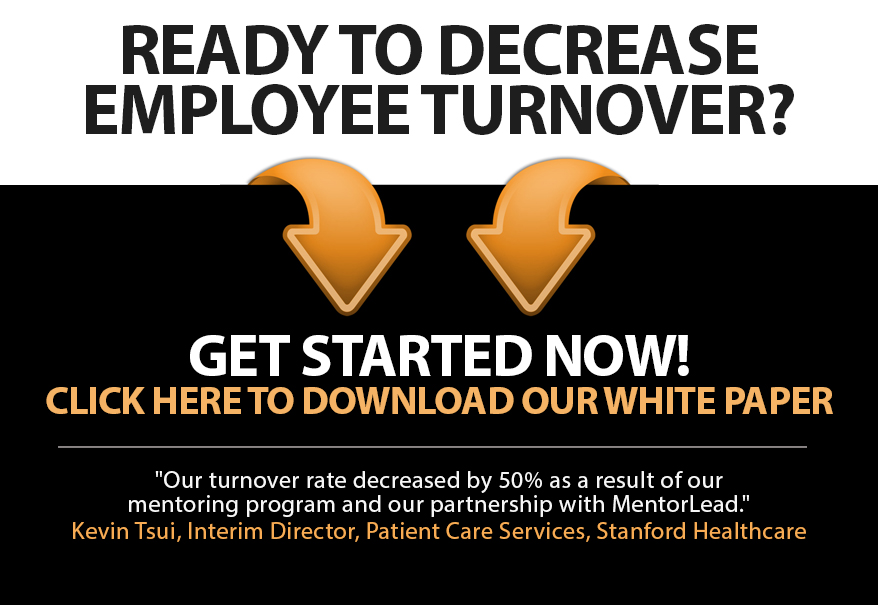
We Have Two Life Stories – Which One Runs Your Day?
We each have two life stories:
- the one behind us, and
- the one in front of us
The story behind us is our history, our experiences, our scars, our lessons learned. The story in front of us is our future, experiences to have, scars to acquire, lessons to learn.
The story behind us is rich with insights, perspective, and wisdom.
The story in front of us is ripe with opportunity, landscape, and wisdom to gain.
The story behind us is our comfort zone.
The story in front of us is our expandable, stretchable comfort zone.
The story behind us is our normal.
The story in front of us is our new normal.
We teach and mentor others based on the story behind us. We seek teachers and mentors for the story in front of us.
The story behind us is a colorful painting we created.
The story in front of us is a blank canvas ready to be painted.
The story behind us is unchangeable.
The story in front of us is ours to unfold.
Every morning we wake to one story we can do nothing about.
Every morning we wake to another story we can do everything about.






